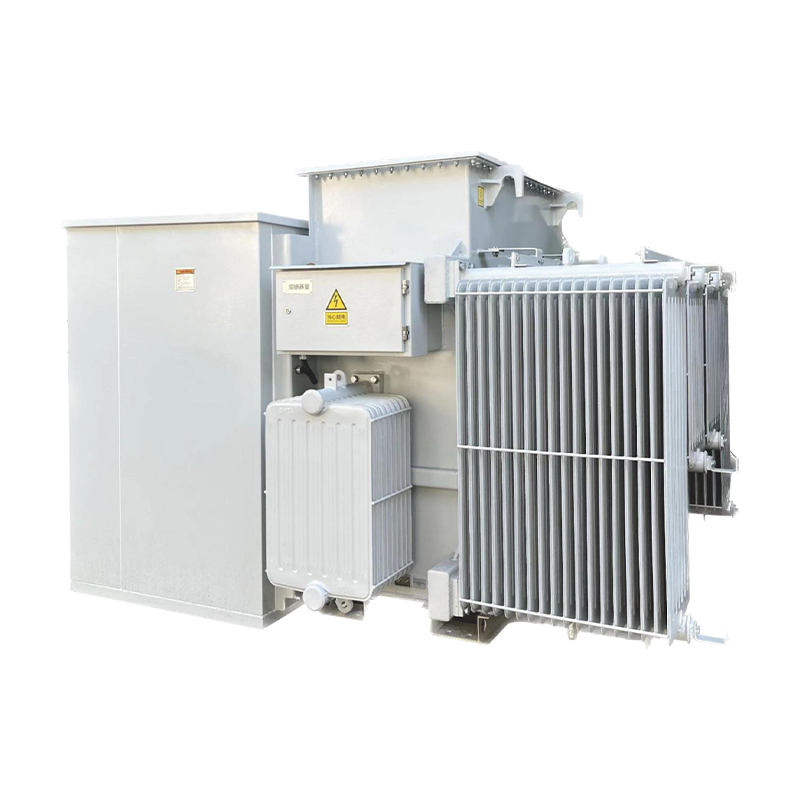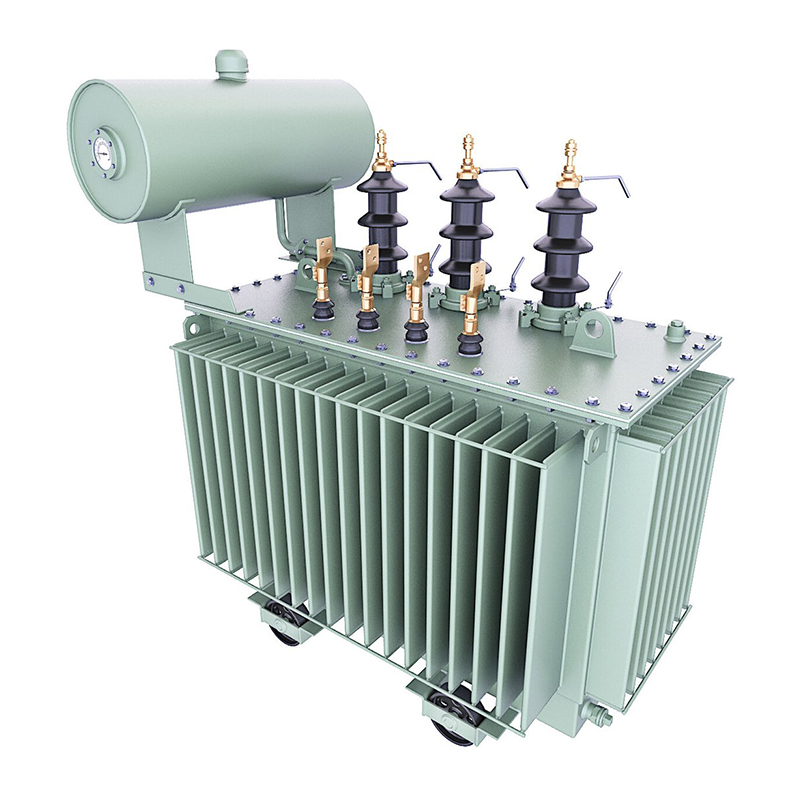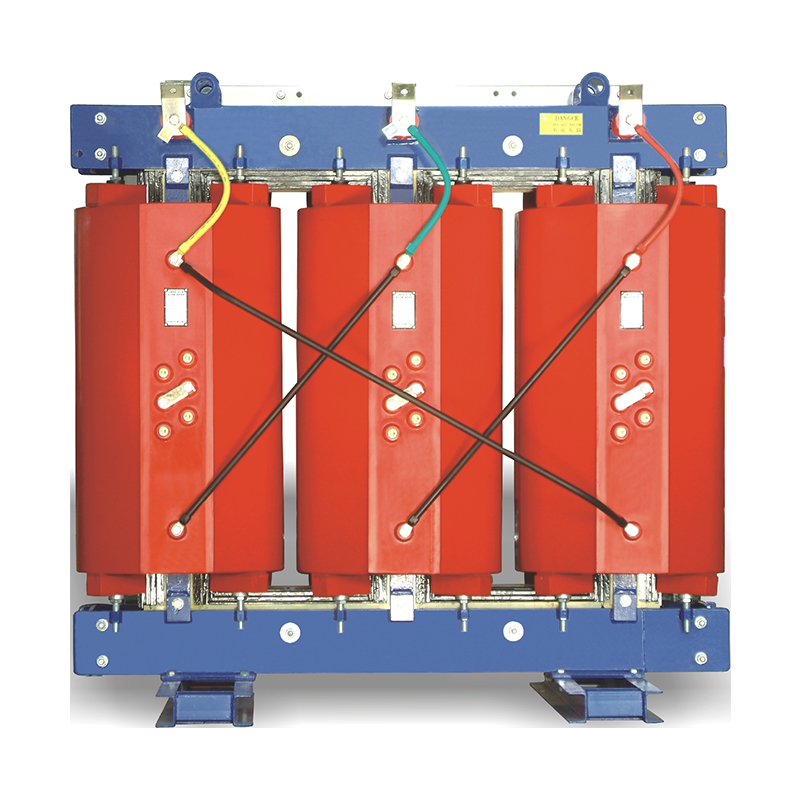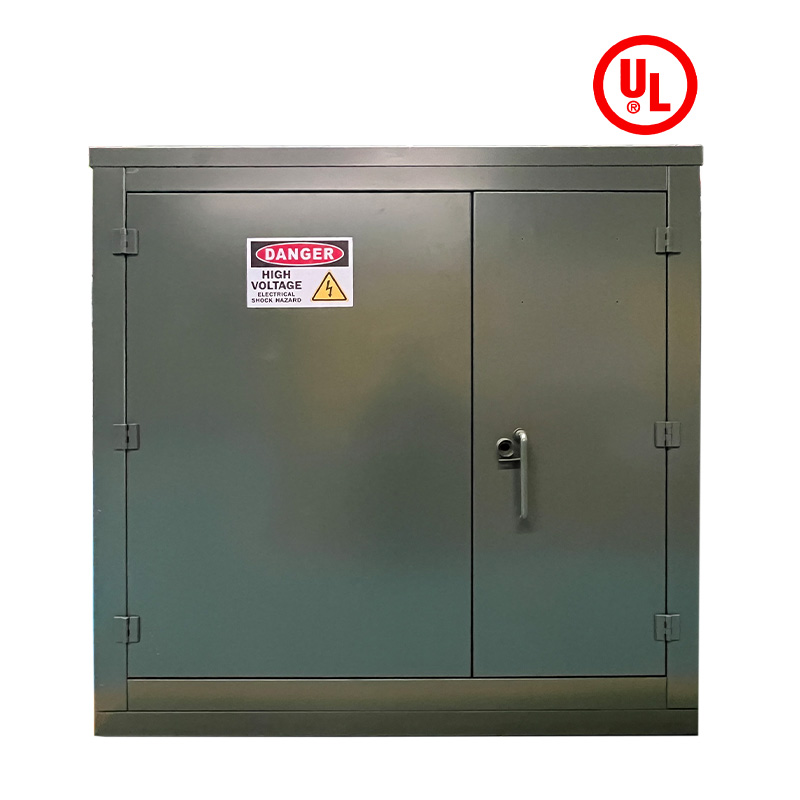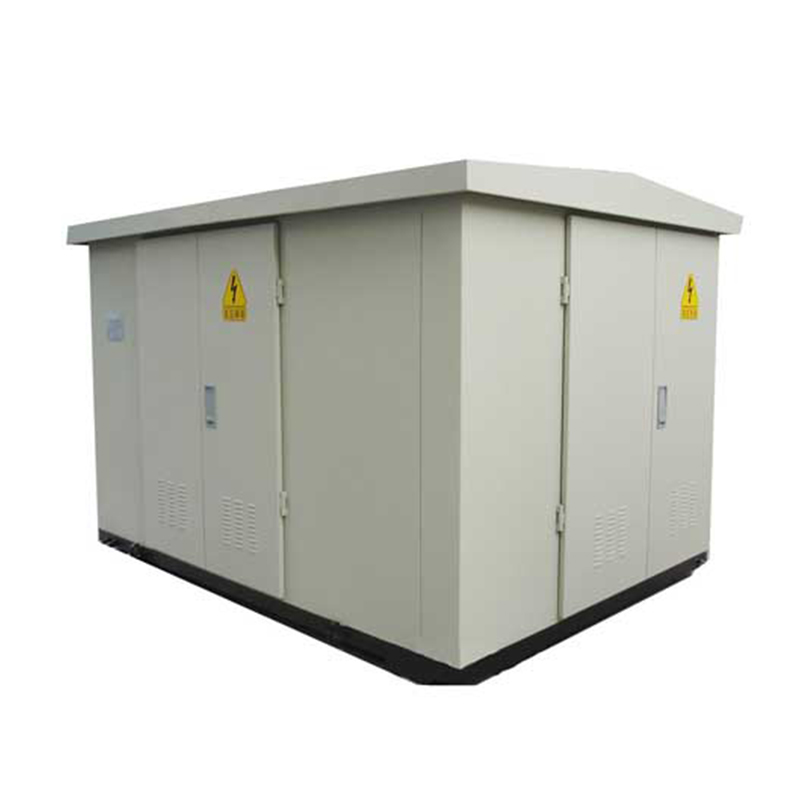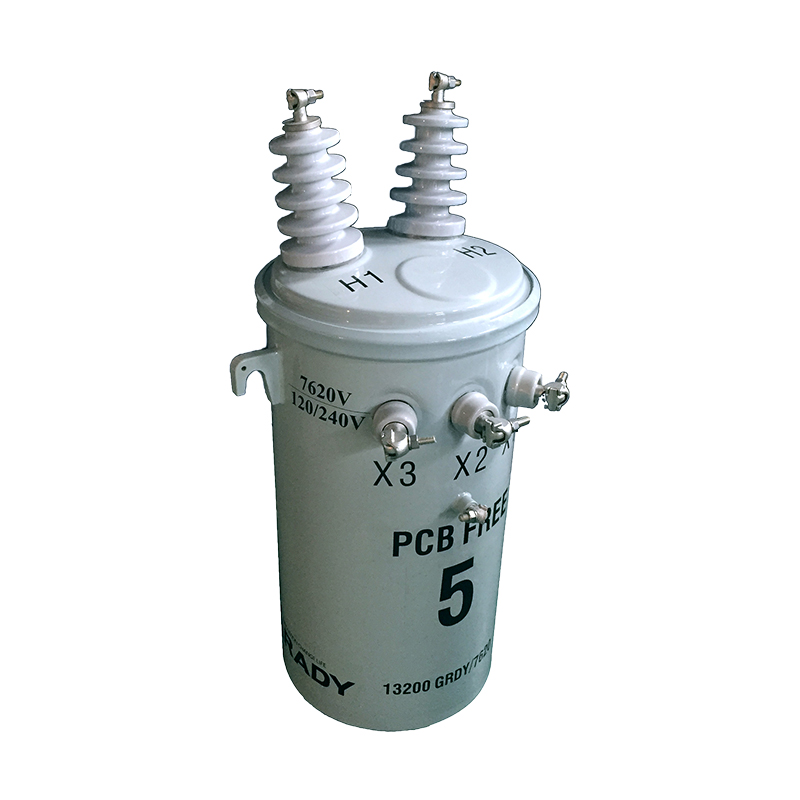Analysis of Rated Voltage and Current Parameters of Power Transformers
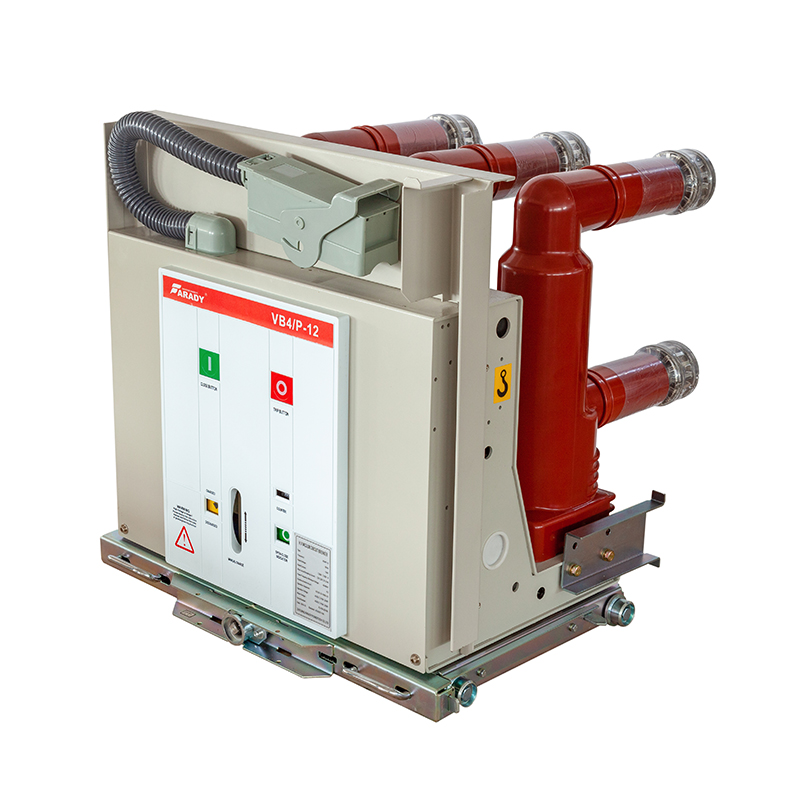
The rated voltage and current parameters of power transformers are important indicators in transformer design and operation. Here is a detailed analysis of these two parameters:
1、 Rated voltage
1. Definition: Rated voltage refers to the voltage value that a transformer can withstand during normal operation. It is divided into primary rated voltage and secondary rated voltage. The rated voltage on the primary side refers to the highest voltage that can be applied to the primary coil, while the rated voltage on the secondary side refers to the output voltage on the secondary side when the primary side is rated voltage and the secondary side output is rated current.
2. Importance: The rated voltage is the optimal voltage used by electrical appliances for long-term operation. High temperatures can easily burn out equipment, while low temperatures may cause equipment to malfunction (such as abnormal light bulb emission and motor operation). Only at rated voltage can the components in electrical equipment work in their optimal state, ensuring stable performance and extended lifespan of the equipment.
3. Setting method: When determining the rated voltage of a transformer, it is necessary to consider the voltage fluctuation range of the power grid, the insulation capacity of the transformer, and the operating requirements of electrical equipment. Usually, the rated voltage of a transformer should be consistent with the voltage of the connected transmission and transformation line. In China, the voltage levels of transmission and transformation lines include 0.38, 3, 6, 10, 35, 63, 110, 220, 330, 500 kV, etc. Therefore, the rated voltage of transformers will also be set at these values accordingly.
2、 Rated current
1. Definition: Rated current refers to the current value that a transformer can carry when operating at rated voltage. It reflects the load capacity of the transformer during normal operation.
2. Importance: Rated current is an important basis for selecting transformers and protective equipment. If the actual current exceeds the rated current, it will cause the transformer to overheat or even be damaged, seriously affecting the stable operation of the power system.
3. Setting method: The selection of rated current should be comprehensively considered based on factors such as the load demand of the power system, the current carrying capacity of the cable, and the setting value of the protection device. Usually, in three-phase transformers, the rated current refers to the line current, which is the current value on the primary and secondary windings (I1N and I2N, respectively). In single-phase transformers, the rated capacity is the product of the rated current and rated voltage.
In summary, the rated voltage and rated current of power transformers are important parameters for ensuring the normal operation of transformers and the stability of the power system. When selecting and using transformers, it is necessary to strictly follow the specified values of these two parameters to ensure the safety and reliability of the equipment.
Relatenews
- Architecture Design of IoT-Based Monitoring System for Power Transformers 2025-09-05 15:27:00
- Judgment Standards and Oil Change Process for Power Transformer Oil Deterioration 2025-09-05 15:23:00
- Design and Mechanical Strength Verification of Short-Circuit Withstand Capability for Power Transformers 2025-09-05 15:19:00
- The Role of Power Transformers in Voltage Regulation within Power Systems 2025-08-25 08:14:00
- Environmental Regulations and Technical Measures for Power Transformer Noise Control 2025-08-25 08:12:00
- The Application of Big Data Analytics in Power Transformer Fault Prediction 2025-08-25 08:11:00
- Impact of Distributed Generation Integration on Load Characteristics of Power Transformers 2025-08-16 09:43:00
- Conditions and Protection Coordination Strategies for Parallel Operation of Power Transformers 2025-08-16 09:42:00





